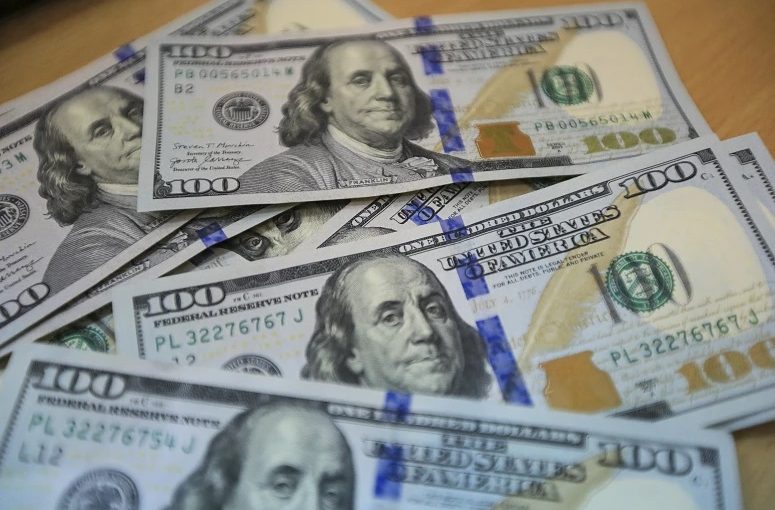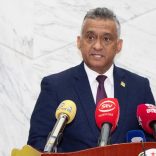Mozambique: LAM hires consultancy company - AIM report
Mozambique: Government aims to increase foreign exchange flow by US$500 million

File photo: Lusa
The Mozambican government acknowledges “constraints on the import of essential goods” due to “currency shortages,” but guarantees that this flow will increase by US$500 million, according to a document consulted by Lusa today.
The goal is to “increase the minimum conversion rate for export revenues from 30% to 50%.” and boost “the flow of foreign exchange from exporters to importers by approximately an additional US$500 million per year,” according to the Economic Recovery and Growth Plan (PRECE), with reference to a decision adopted in April by the central bank.
The Confederation of Economic Associations (CTA), Mozambique’s largest business association, warned on 18 February that the lack of foreign currency in the banking market was affecting operations, particularly in the health, aviation, fuel, and food import sectors.
The Mozambican government intends to mobilise US$2.75 billion in the short to medium term to stimulate the economy, especially given the impacts of climate change and political instability, according to PRECE, which was approved on 16 September by the Council of Ministers (Cabinet).
The document explains that from 2021 to 2023, commercial banks’ foreign currency sales to the public exceeded their purchases. On average, banks sold US$31.2 million and bought US$28.9 million daily, “meaning there was a net sale or injection of US$2.3 million daily.”
However, the document states, the situation changed between 2024 and 2025, with banks’ foreign exchange sales falling by about 18%, while purchases increased by 6%, thus absorbing about US$4.8 million daily from the market, “causing market imbalances.”
“With the increase in the minimum conversion limit for export revenues from 30% to 50% [decided by the Bank of Mozambique], there was a 30% rise in the level of sales by commercial banks to the public, from a daily average of US$21.1 million before 30 April to US$27.3 million by 31 July,” the document notes.
In the PRECE, the government also urges major projects, particularly in the mining and gas sector, “to repatriate export revenues.” The export coverage rate is estimated at 87%. At that level of coverage, Mozambique “should not experience prolonged difficulties in accessing foreign currency to cover essential imports.”
It adds that, according to data from the Bank of Mozambique, 66% of the country’s exports fall under the jurisdiction of the Ministry of Mineral Resources and Energy, followed by the manufacturing sector, overseen by the Ministry of Economy, with 17%, and the Ministry of Agriculture, Environment and Fisheries, responsible for agricultural products, with 7%. The remaining 10% of exports is distributed across various other sectors
“These three Ministries are responsible for meeting with their sector-specific exporters to analyse, on a case-by-case basis, how export revenue has been handled. In cases of wrongdoing, they [exporters] should be urged to repatriate the revenue to the Mozambican market. This measure could, in a short period of time, help restore normal foreign exchange flows,” the government document reads.
According to central bank data, Mozambique’s Net International Reserves (NIR) reached a more than four‑year high, rising to US$3.92 billion in June. The reserves had dropped to US$3.593 billion in February before increasing for four consecutive months.












Leave a Reply
Be the First to Comment!
You must be logged in to post a comment.
You must be logged in to post a comment.